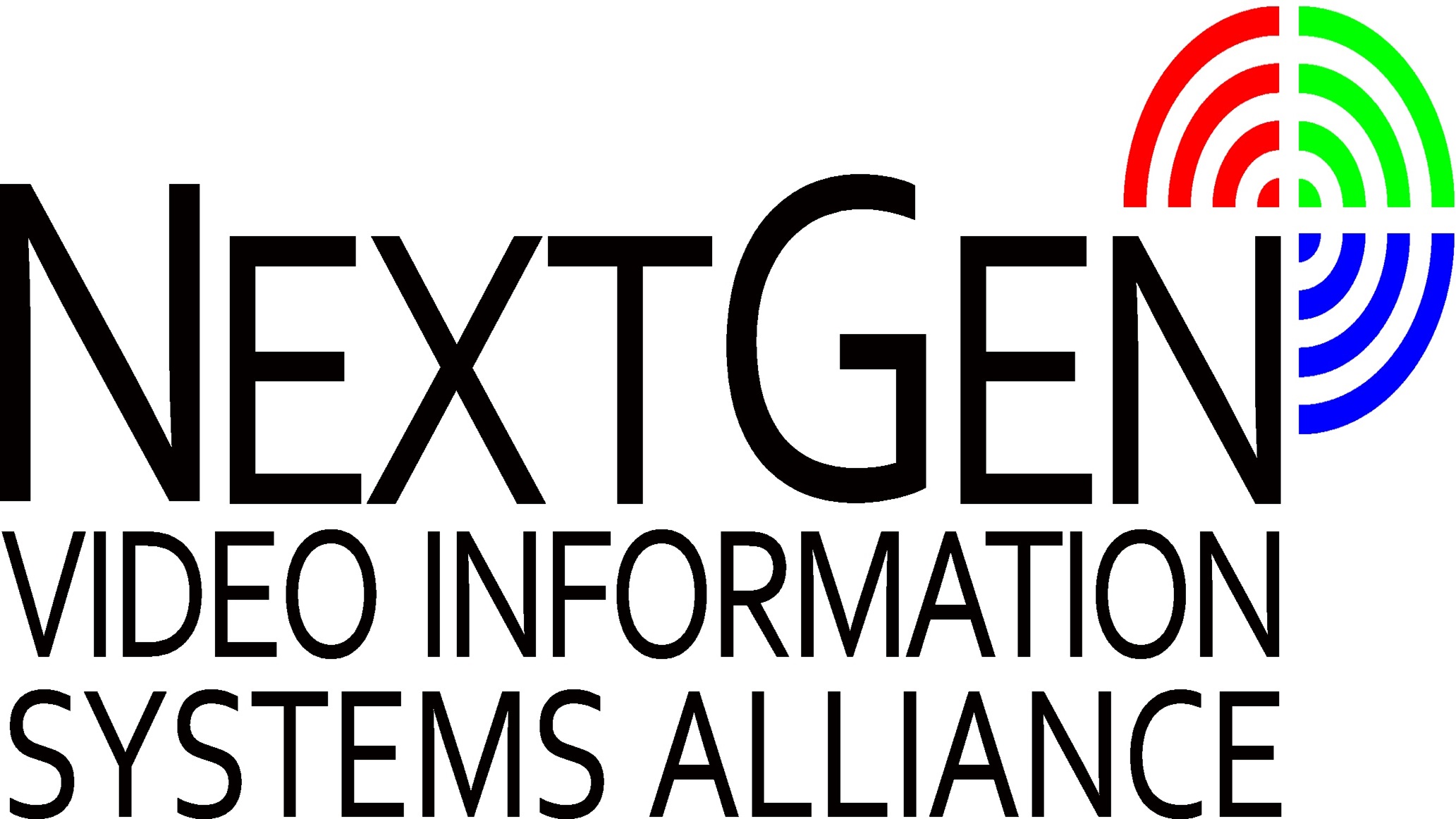
WASHINGTON, D.C.—The NextGen Video Information Systems Alliance (NVISA) and the Advanced Television Systems Committee (ATSC) have announced a strategic partnership with Federal Emergency Management Agency’s Integrated Public Alert and Warning System (FEMA IPAWS) to establish an end-to-end NextGen TV broadcast system at the IPAWS Technical Support Services Facility (TSSF) near Washington, D.C.
The implementation is a joint effort between the FEMA IPAWS TSSF, NVISA and the ATSC’s Advanced Emergency Information Implementation Team. The ATSC 3.0 system will serve in a closed-circuit environment, capable of demonstrating Advanced Emergency Information features, upgraded Emergency Alert System (EAS) displays, integration of Wireless Emergency Alerts (WEA), and other advanced public warning capabilities integrated into the IPAWS ecosystem. It will also provide live over-the-air monitoring capabilities.
The deployed system will consist of a full ATSC 3.0 broadcast chain fully contained within the FEMA facility. The system will also provide significant opportunities for educating government and private sector stakeholders and open the door to expanded public-private conversations on potential opportunities and requirements for next generation public warning systems and advanced broadcast services.
“We are looking forward to this initiative becoming the start of a broader public-private partnership to advance future public warning capabilities," said NVISA Chair Ed Czarnecki. "By bringing together NVISA, ATSC, and FEMA IPAWS, we want to make certain that ATSC 3.0 is well-positioned for the future. This includes reinforcing broadcast television’s role as a first informer during emergencies and leveraging a range of advanced services.”
“We believe it is important for ATSC to expand its collaboration with the public sector and other industry groups in the advancement of ATSC 3.0 capabilities,” said Madeleine Noland, ATSC president. “The increasing adoption of ATSC 3.0-enabled technologies is expected to drive fundamental transformations to the services and applications offered by the broadcast community, including public warning and emergency information services."
According to Manny Centeno, IPAWS program director, “The implementation will establish the TSSF as one of the first full-circle testbeds for ATSC 3.0 advanced emergency messaging integration with IPAWS, highlighting FEMA’s commitment to remaining on the forefront of technological advancement.”
The system will allow FEMA IPAWS to test advanced broadcast warning practices securely in real-world scenarios and experiment with ATSC 3.0-enabled technologies. The ATSC 3.0 system interfaces with the FEMA IPAWS network to aggregate alerts directed for both broadcast (EAS) and mobile (WEA) and directs them into ATSC 3.0-enabled services.
A briefing on this initiative will be provided at the ATSC’s NextGen Broadcast Conference, during a panel on “NextGen Public Service: Emergency Messaging Update,” to be held on Friday, June 14, in Washington, D.C.
Members of NVISA and ATSC that are providing technology and expertise to establish this system include:
- Digital Alert Systems (alert and advanced emergency information management)
- Harmonic (live media processor)
- Hitachi-Comark (ATSC 3.0 exciter/transmitter)
- Triveni Digital (ATSC 3.0 scheduling and transport encoding)
- WRAL/Capitol Broadcasting (video server and broadcast video content)
- DekTec (ATSC 3.0 test modulator)
- Zapperbox (ATSC 1.0/3.0-enabled set-top receiver and home gateway)
- Zinwell (ATSC 1.0/3.0-enabled set-top receiver and home gateway)







